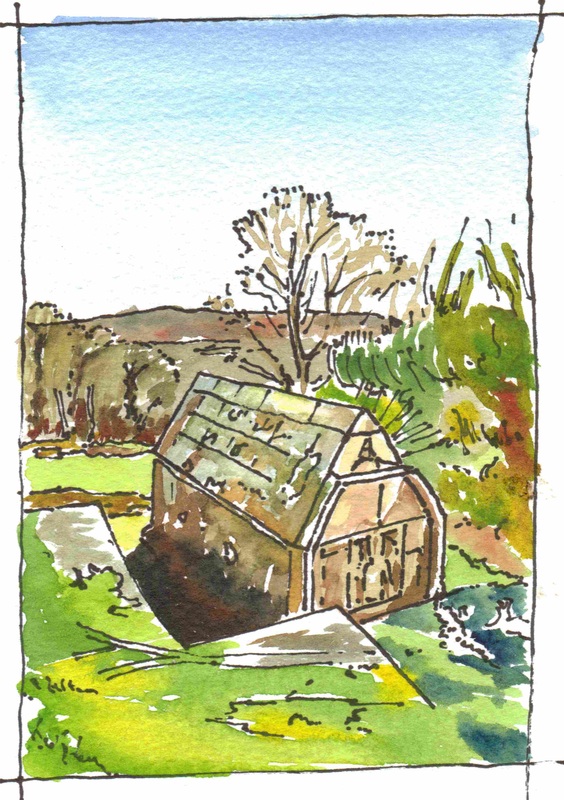The Early City: prehistory to 1566Derry~Londonderry is overlooked by Grianan, an Iron Age Fort, which stands as a reminder of its long history. Formerly the main seat of power in the area, this appears to have moved to the monastic settlement of Doire-Colmcille in the tenth century. The influence of European ideas in the eleventh century is reflected on Romanesque detail on some churches.
Though the influence of the Vikings and the Anglo Normans is less marked in this region than other parts of Ireland, their legacy can also be discerned. Gothic Architecture came to Ireland soon after the arrival of the Normans and though buildings from this period, in the area of study, are largely gone, the development of the style can be traced from buildings constructed in the city during Nineteenth Century. One tantalising fragment nearby reveals that a mature form of the style was known and understood here during the historic period. Little is known of more ordinary buildings of the time. However a old house in Co Fermanagh is thought to be very similar and may date from the period. |
|
O'Heaney's Tomb, Banagher.
|
< Back More Detail, Grianan >
Other pages in this section:
Grianan
Doire Colmkille
Fragments in the Modern City
Hiberno Romanesque
Lost Glories - The Twelfth Century
The Anglo Normans
Gothic
Grianan
Doire Colmkille
Fragments in the Modern City
Hiberno Romanesque
Lost Glories - The Twelfth Century
The Anglo Normans
Gothic


